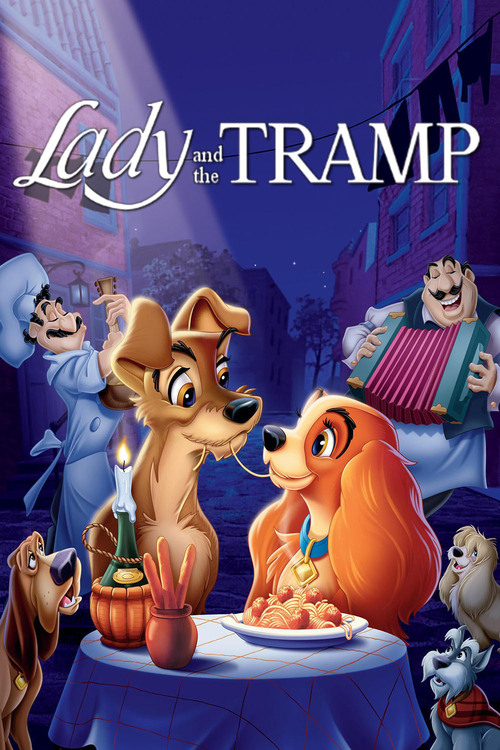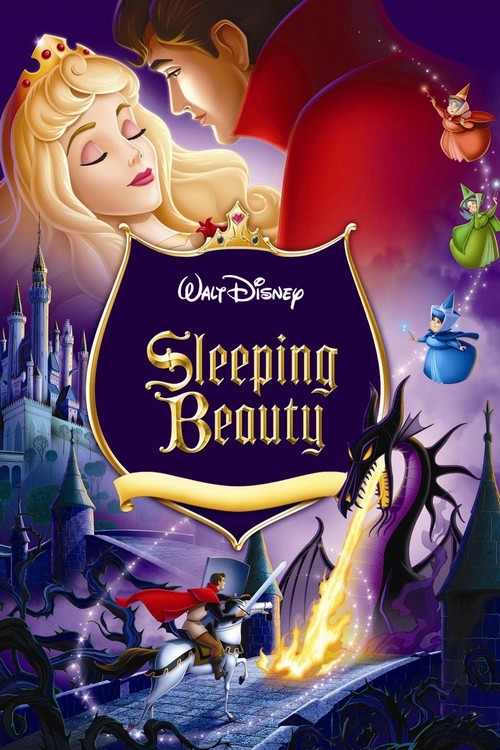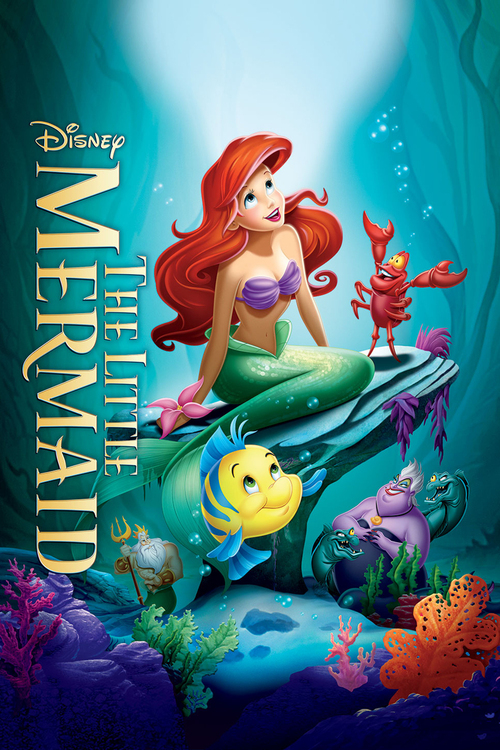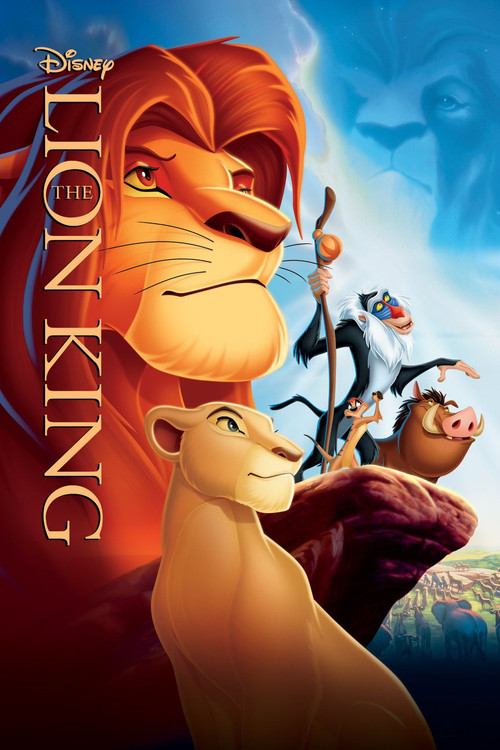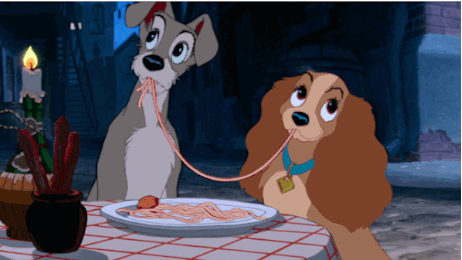
Another strange truth about the movie biz: sometimes, a great idea will take decades to become a feature film. Case in point, Walt Disney’s much beloved “Lady And The Tramp.”
It all started with a sketch, an angry wife, and a dog.
Lady & Joe Grant
In 1937, Disney story man Joe Grant brought Walt Disney an idea about a spaniel named “Lady.” Walt encouraged Grant to develop the idea further, but after a follow-up series of storyboards fell flat, the idea was scrapped and the S.S. Tramp was mothballed for a few years.
In the early ‘40s, Walt Disney read Ward Greene’s story, “Happy Dan, the Whistling Dog,” in Cosmopolitan and recalled that ember of an idea about a dog. Disney immediately brought Greene in to write a treatment. Greene penned a canine romance, and the Disney machine began cranking on its next story.
Team “Lady” was well into pre-production when everything crashed to a halt in 1943, as the studio focused on making propaganda cartoons for WWII. “Lady” was again consigned to the kennel in place of agitprop cartoons, where now-villain Donald Duck wears Nazi uniforms, “goose”-steps, and forcibly quacks “Heil Hitler” at the end of a bayonet.
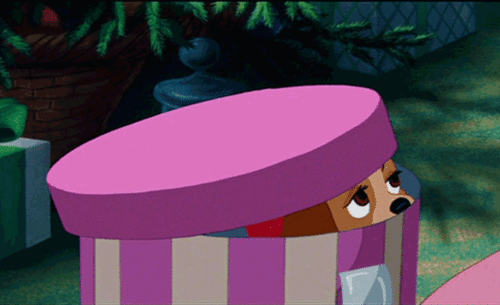
Lillian Disney’s Dog
After the war, the movie was kept on the backburner. Though writers were still playing with script and story, “Tramp” stalled out for a few more years. It was during this time that one of the film’s most iconic scenes came together, where the loving husband presents his wife with a cocker spaniel puppy (who she names “Lady”) wrapped in a hatbox? That was inspired by Walt Disney’s personal history.
Walt had forgotten a dinner date and accidentally ditched his wife. To pull his kiester out of the fire, Disney wrapped a spaniel puppy in a hatbox and defused his angry wife with puppy love (literally). Phew. But you wonder, who had to house-train the little pooch?
A working script was settled on around 1953, and finally, blessedly, the movie was released in 1955, marking the first Disney production shot in the new widescreen Cinemascope format. Though it took almost two decades, Joe Grant’s original idea was developed into a priceless feature, and the protagonist kept her name through all the years: “Lady.”
